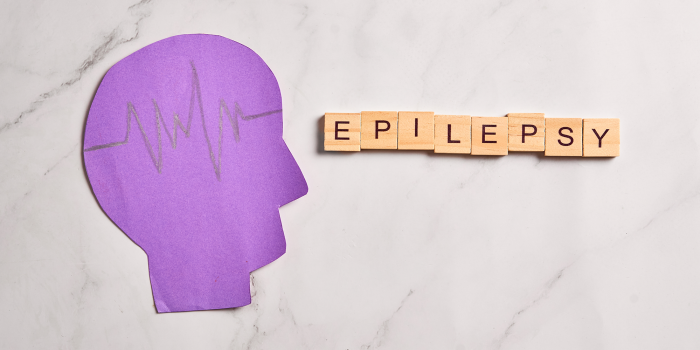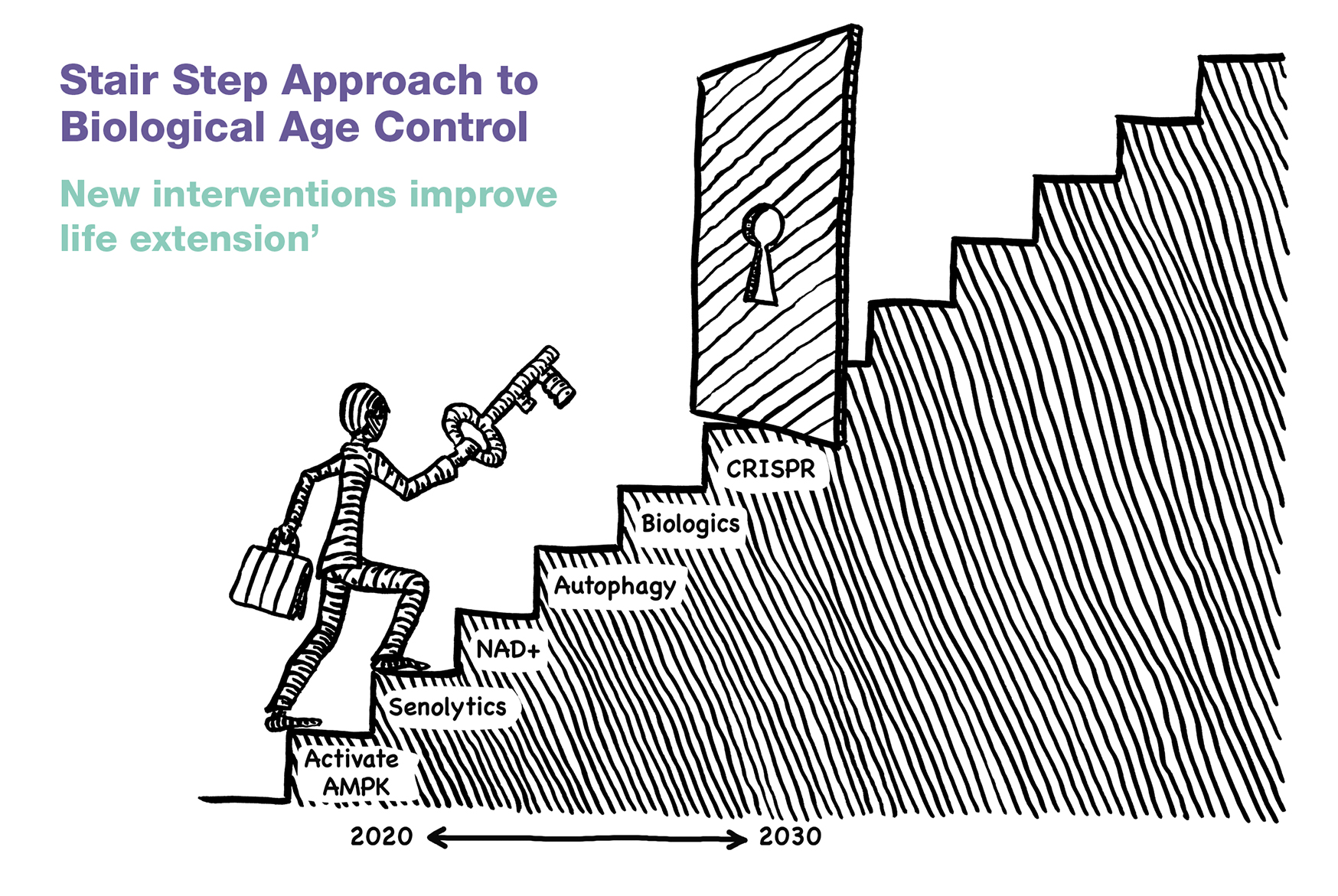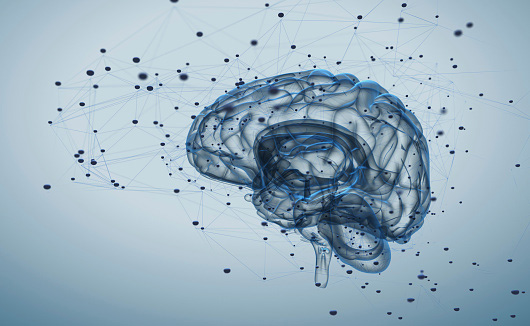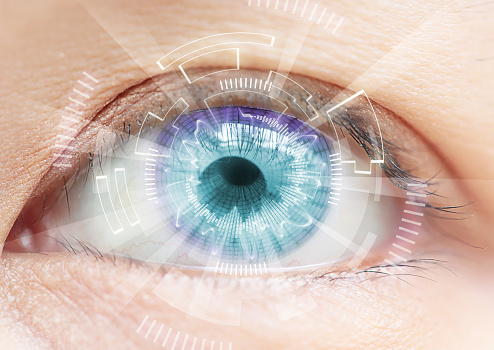
New Epilepsy AI tool to detect brain lesions
April 30th, 2025Electrical activity occurs in the brain constantly, and a short circuit can result in an epileptic seizure. 1 out of 5 uncontrolled seizures caused by brain abnormalities are due to lesions too subtle for the human eye to see on a scan. In most cases, what the doctor can miss, the new epilepsy AI MELD Graph tool can detect.
What is epilepsy?
Epilepsy is a chronic neurological health condition that affects the brain. An epileptic seizure, also referred to as a ‘fit’, is a temporary disruption to the way the brain is working.
People can have one-off seizures, and it doesn’t automatically mean that the person has epilepsy. The condition is only diagnosed if there is a high chance of more seizures.
Epilepsy can develop at any age and can normally be managed through treatment and medication. The draining condition can be related to the genes you inherit, changes in your genes, damage to the brain, a head injury, stress, a stroke or infection. For some people with epilepsy, the reason for their seizures may never be clear.
The condition can be life-threatening for the person having a seizure and distressing for those who watch an epileptic episode.
The AI MELD Graph Tool can find about two-thirds more lesions than a doctor.
A new study about epileptic seizures, brain lesions and the AI MELD Graph Tool has been published in JAMA Neurology. Researchers from King’s College London and University College London input MRI scan results into the AI MELD tool from more than 1185 adults and children in 23 hospitals worldwide, 703 of whom had brain abnormalities. The tool processed the images more quickly than the doctors could and in more detail. The findings meant more efficient treatment and fewer expensive tests and procedures.
The lead researcher, Dr Konrad Wagstyl, said, “AI can find about two-thirds that doctors miss – but a third is still really difficult to find.”
The study’s co-author, Professor Helen Cross, said it had the potential to “rapidly identify abnormalities that can be removed and potentially cure the epilepsy.”
Researchers hope for official approval to use the AI MELD Graph as a diagnostic tool, but more trials are needed. However, the research team has made the tool available on open-source software to use for clinical research by hospitals worldwide.
There has been a case in Italy. The breakthrough tool identified a subtle lesion missed by radiologists in a 12-year-old who had previously tried nine different medications for epilepsy but still had seizures every day.
There are many types of seizures
What happens during a seizure depends on which part of the brain is affected and how the seizure activity is spreading.
A person can stay awake and alert during a seizure but experience unusual sensations, feelings or movements. Other people can fidget, lose awareness, behave oddly, fall to the floor, go stiff, jerk or pee unintentionally.
A seizure can last a few seconds or go on for minutes. Some epileptics can tell when they are going to have a seizure, but the majority can’t. They might not remember the experience and get a pounding headache and other discomforts. A seizure can be scary, exhausting, humiliating and dangerous, but there is a lot of knowledge about epilepsy and seizures, and a person can lead a normal life through condition management.
Seizures can be categorised.
- Focal seizures
Also known as ‘partial seizures’ happen in one part of the brain and cause a change in awareness and behaviour. Sensations and abnormal movements are also experienced, usually on one side of the body
- Generalised seizures
These types of seizures normally occur simultaneously on both sides of the brain, causing a loss of consciousness and abnormal movements.
Generalised seizures include:
Tonic-clonic seizures – also known as ‘grand mal seizures’. There is a period of stiffening followed by rhythmic jerking, often accompanied by loss of consciousness.
Absence seizures – also known as ‘petit mal’ seizures are characterised by a loss of awareness and a blank look on the face.
Atonic seizures are a sudden loss of muscle tone, which can cause a person to fall or become limp.
Myoclonic seizures involve sudden, brief muscle jerks or spasms.
Tonic seizures cause a sudden stiffening of the muscles.
Clonic seizures include rhythmic jerking movements.
Other forms of the condition are:
- Febrile seizures
These occur in children aged between 6 months – 5 years. Mostly triggered by a fever associated with infections
- Dissociative seizures
Non-epileptic seizures aren’t caused by brain activity disruption and are normally a manifestation of distress or trauma
- Status epilepticus
A status epilepticus is a medical emergency characterised by a prolonged seizure lasting five minutes or more or a series of seizures without recovery of consciousness
How is epilepsy diagnosed?
A specialist doctor, such as a neurologist, would perform some or all of the following tests.
- An electroencephalogram (EEG) – looking at brain activity
- An electrocardiogram (ECG) – looking at heart activity
- An MRI scan
- A CT scan
- Blood tests
- Genetic testing
What treatment is there for epileptic seizures?
Anti-epileptic or anti-seizure medicine can be taken to prevent or control seizures. There are different types of medication given depending on age, sex or other medical conditions. It can take a while to find the best medication for a sufferer.
Other treatments include brain surgery, an electronic device inserted under the skin or a specialist diet (ketogenic).
Treatment can have side effects, and epilepsy can be life-changing. It can affect relationships, work and lifestyle, including losing a driving licence. However, most epileptics can lead a normal life through medication and some lifestyle changes.
At some point, specialist doctors may offer an option to wean off a type of medication if there is an obvious sign that the condition can be controlled through lifestyle changes. For example, if seizures are triggered through stress and a stress management programme has been successful, a person may want to try to be medication-free.
Here are some useful links about epilepsy:
- Epilepsy and pregnancy https://www.nhs.uk/pregnancy/related-conditions/existing-health-conditions/epilepsy/
- Epilepsy and puberty https://epilepsyfoundation.org.au/managing-epilepsy/young-people-and-epilepsy/puberty/
- Epilepsy and ageing https://www.betterhealth.vic.gov.au/health/conditionsandtreatments/epilepsy-and-aging
- The Epilepsy Society https://epilepsysociety.org.uk/
Resources
https://www.bbc.co.uk/news/articles/cvg1xd7l5pvo
https://www.epilepsy.org.uk/info/syndromes
https://www.nhs.uk/conditions/epilepsy/








